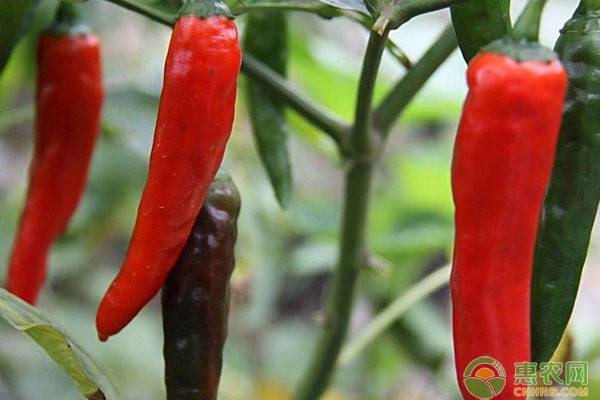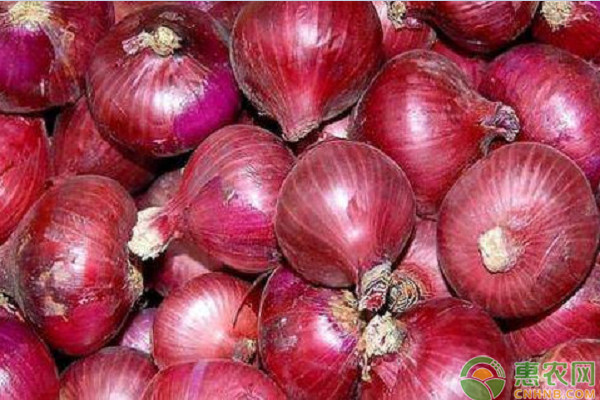Growth habits and Environmental regulations of Sweet Potato
Sweet potato is one of the cereals liked by contemporary people, and it was also a necessary ingredient for poor families to survive before. It has a good name of "long-lived food category" and contains a variety of nutrient elements. The following is to grasp the growth habits and natural environment regulations of sweet potato.

I. growth habits of sweet potato
1. Growth stage
The growth period of spring potato is 160-200 days, and that of summer potato is about 110-120 days. According to the growth characteristics of red spring on the street and its relationship with climatic conditions, it can be roughly divided into three growth stages:
(1) early stage (from planting seedlings to sealing pots)
Spring potato lasts about 60-70 days and summer potato about 40 days. In this period, the growth of stems and leaves is relatively slow, and the development trend of roots is fast, which is dominated by the growth of chemical fiber roots.
(2) in the middle and later stage (from sealing basin to stem and leaf growth peak)
It takes about 50 days for spring potatoes and 30 days for summer potatoes. In this period, the root expansion is relatively slow, and the stem and leaf grow fast, which is dominated by the growth of stem and leaf.
(3) in the middle and later stage (from the beginning of the decline of stems and leaves to the acquisition)
Spring potato is after mid-late August, and summer potato is after the first and middle of November. This stage is the key stage of root expansion.
Second, the natural environment for the growth of sweet potatoes
(1) the degree of temperature
Sweet potato likes hot and cold, 5-10cm when planting seedlings, no hair at about 10 ℃, 15 ℃ takes five days, 17-18 ℃ hair is normal, 20 ℃ three days hair, 27-30 ℃ hair can be done in only one day.
The stem and leaf grow faster when the average temperature is 25-28 ℃, and when the temperature is above 30 ℃, the stem and leaf grow faster, but the tuber expands slowly. The suction above 38 ℃ cost a lot, and the stem and leaf grew slowly. The stem and leaf grew fast under 20 ℃, and stopped growing at 15 ℃. The delay time below 10 ℃ was too long to encounter Frosts Descent, and the stem and leaf withered.
The higher the soil temperature is in the range of 21-29 ℃, the faster the root tuber is produced and the more the number of tuber is, but the tuber is smaller. The soil temperature of 22-24 ℃ was beneficial to the production of root tubers. The soil temperature of 20-25 ℃ is the most suitable for root expansion, which is slower when the soil temperature is less than 20 ℃ or higher than 30 ℃, terminates when it is less than 18 ℃, is susceptible to freezing injury when it is less than 10 ℃, and chills at-2 ℃. The large diurnal temperature difference during the root expansion period is beneficial to root expansion and nutrient accumulation.
(2) Sunshine exposure
Sweet potato likes the sun. Under the condition of abundant sunlight, the color of tea is thicker, the leaf age is longer, the stem vine is thick, the stem transport tissue is more developed, and the yield is higher. If the sunlight is not enough, the color of tea turns yellow, there are more withered leaves, the leaf age is short, the stem is long and thin, the transport tissue is less developed, the organic chemical nutrients produced by assimilation are less transported to the tuber root, and the production is low.
A long time of thinning every day is beneficial to the growth of stems and leaves, the elongation of stems and the increase of the number of branches. 12.5-13 hours per day is suitable for root enlargement. Thinning for 8-9 hours a day is good for bud blooming, but not suitable for root expansion.
(3) Water
Sweet potato is a drought-tolerant crop, but too much water is not good for high yield. Sweet potatoes are afraid of flooding, especially after tubers are flooded, which does great harm to production. * the uncertainty in wet soil area leads to the imbalance of internal and external growth rate of root tuber, and the condition of split bark often occurs. All in all, sweet potatoes are afraid of both waterlogging and drought. People say: "dry long firewood roots, wet long roots, non-dry and wet roots." In order to increase the yield of sweet potato, we should properly inject water according to the specific conditions, immediately and completely prevent waterlogging, and improve the cultivation and consolidation of soil in dry fields.
(4) nutrients
Sweet potato has strong ability to absorb fertilizer and is resistant to barren, but chemical fertilizer must be applied to increase production. In addition to nitrogen, phosphorus and potassium, sulfur, iron, magnesium and calcium are also key functions. Among the three elements, sweet potato has the largest number of potassium, followed by nitrogen, and phosphorus at least. According to the analysis, every 1000 jin of sweet potato contains 3.5jin of nitrogen, 1.75jin of phosphorus and 5.6jin of potassium. Therefore, topdressing potash fertilizer and appropriate use of nitrogen, phosphorus and potassium fertilizer have obvious high yield effect.
(5) * soil
It is better to use sandy soil and sandy soil with thick layer, rich and colorful soil organic matter, loose, ventilated and drainage pipes. * when the quality is sticky and heavy, the color of the root tuber is not very good, it is not smooth, the potato shape is uneven, the production is low, and it is not resistant to storage. However, sandy soil * and sandy soil * generally have low organic matter and poor hydro-power generation, so soil fertility should be improved gradually according to fertilization and other countermeasures in order to increase production. Sweet potato is more resistant to corrosion, and the range of PH value is about 4.5-8.5, but 5.2-6.7 is suitable. * when the soil salinity exceeds 0.2%, it is not suitable to grow sweet potatoes.
To sum up, that is to say, the growth habits and natural environment of sweet potato, if you want to plant sweet potato can actually master the growth habits of sweet potato, so that you can understand how to manage it.
Related
- Where is it suitable to grow horseradish in China? it is expected to see the middle altitude horseradish in Alishan.
- How to prevent tomato virus disease reasonably? (Control methods included)
- Many people like to plant towel gourd on the balcony. What are the main points of this method and management?
- What crops can chili peppers be mixed with?
- Fertilization techniques and matters needing attention in Tomato
- What are the grafting techniques for peach seedlings in spring?
- Harm and control methods of root swelling disease of Chinese cabbage
- What are the pests of sweet potatoes? How to prevent and cure it?
- Symptoms, causes and Control methods of navel Rot in Tomato
- The cause of "Cucumber rotten bibcock" in Farmers' planting Cucumber and its Control Plan



